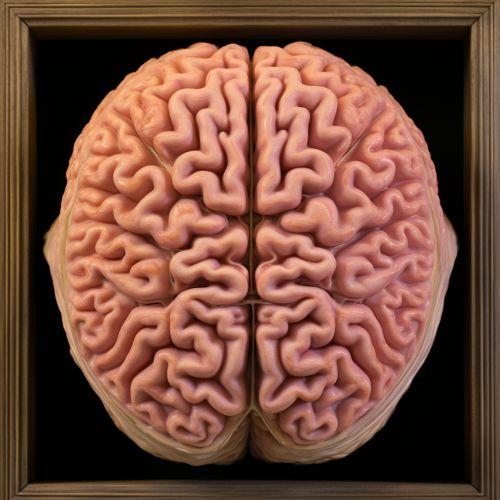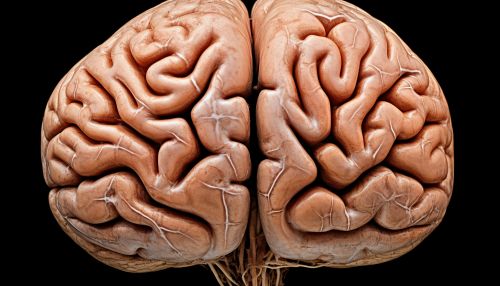Superior frontal gyrus
Anatomy
The superior frontal gyrus (SFG) is a part of the frontal lobe of the human brain. It is one of the three gyri in this region, the others being the middle frontal gyrus and the inferior frontal gyrus. The SFG is located at the top of the frontal lobe, above the middle frontal gyrus and below the cingulate gyrus.


The SFG extends from the frontal pole to the precentral sulcus, which separates it from the precentral gyrus. The superior frontal sulcus, a deep groove running horizontally across the frontal lobe, separates the SFG from the middle frontal gyrus.
Function
The superior frontal gyrus is involved in a variety of cognitive functions. It plays a significant role in self-awareness, coordination of complex movements, and higher cognitive functions such as decision making and planning.
The anterior (front) part of the SFG is part of the prefrontal cortex, a region of the brain involved in personality expression, decision making, and moderating social behavior. The prefrontal cortex also plays a crucial role in memory processing, particularly in the formation of episodic memories.
The posterior (back) part of the SFG, near the precentral sulcus, is part of the primary motor cortex. This region is responsible for generating neural impulses that control the execution of movement.
Clinical significance
Damage to the superior frontal gyrus can result in a variety of neurological and psychiatric conditions. These include motor disorders, cognitive impairment, and mood disorders.
Motor disorders can occur if the posterior part of the SFG, which is part of the primary motor cortex, is damaged. This can result in weakness or paralysis of the contralateral (opposite side) body, depending on the extent of the damage.
Cognitive impairment can occur if the anterior part of the SFG is damaged. This can result in difficulties with decision making, planning, and social behavior. In severe cases, it can lead to a condition known as frontal lobe syndrome, which is characterized by personality changes, impulsivity, and a lack of concern for social norms.
Mood disorders can also occur if the SFG is damaged. The SFG is involved in regulating mood, and damage to this area can result in depression, anxiety, and other mood disorders.
Research
Research on the superior frontal gyrus is ongoing, with scientists using a variety of techniques to study this region of the brain. These include neuroimaging techniques such as MRI and PET, as well as neuropsychological testing.
Recent research has focused on the role of the SFG in social cognition, decision making, and motor control. There is also interest in understanding how damage to the SFG contributes to neurological and psychiatric disorders, with the aim of developing new treatments for these conditions.
